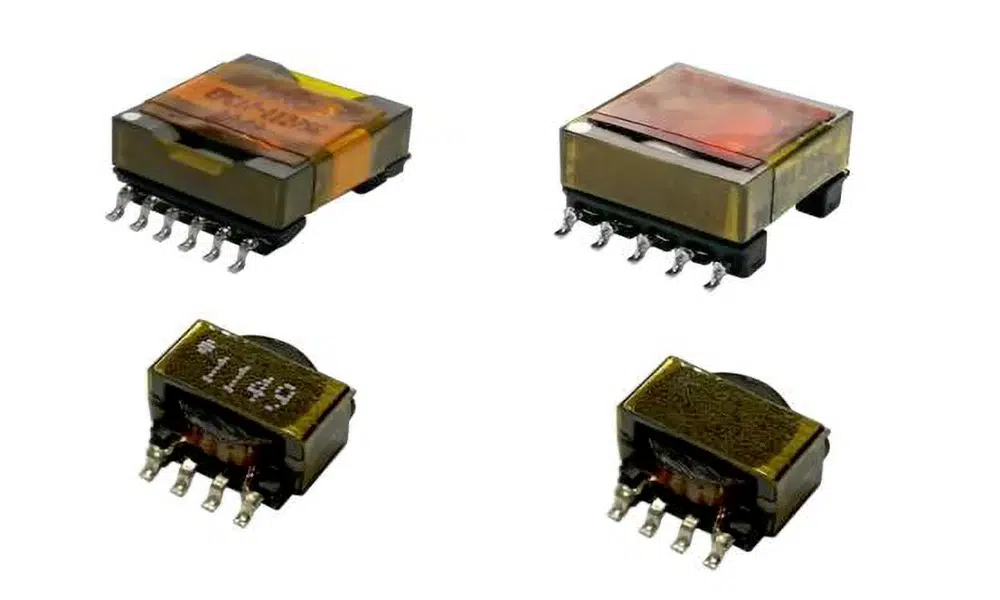
Capacitors play a crucial role in electronic circuits, storing and releasing electrical energy. However, over time, capacitors can degrade or fail, impacting the performance of electronic devices. This article provides a comprehensive guide on how to test a capacitor, offering practical methods and insights to ensure accurate assessments and efficient troubleshooting.
- Visual Inspection:
- Begin with a visual inspection. Look for any signs of physical damage, such as bulging, leakage, or discoloration. These visual cues can indicate a capacitor in distress.
- Capacitance Testing with a Multimeter:
- Use a digital multimeter to measure capacitance. Set the multimeter to the capacitance measurement mode and connect the capacitor terminals to the corresponding leads. Compare the measured capacitance with the capacitor's rated value. A significant deviation may indicate a faulty capacitor.
- Resistance Testing:
- Capacitors should exhibit infinite resistance in a DC circuit. Use a multimeter in resistance measurement mode to check for continuity. Connect the multimeter leads to the capacitor terminals and observe the resistance. A sudden drop and then increase in resistance may suggest a capacitor charging and discharging, indicating functionality.
- Voltage Testing:
- Check the voltage rating of the capacitor and ensure it matches the circuit's operating voltage. Use a multimeter to measure the voltage across the capacitor terminals. Exceeding the rated voltage can lead to capacitor failure.
- Esr (Equivalent Series Resistance) Measurement:
- For electrolytic capacitors, measure Equivalent Series Resistance (ESR) using an ESR meter. Elevated ESR values may indicate internal degradation. Be aware that this method is more applicable to electrolytic capacitors.
- In-Circuit Testing:
- In-circuit testing involves testing the capacitor within the circuit. Discharge the capacitor, disconnect it from the circuit, and perform capacitance and resistance tests. In-circuit testing provides a more accurate assessment of the capacitor's health in its operational environment.
- Frequency Response Analysis:
- Use an LCR meter to analyze the capacitor's frequency response. This method is particularly useful for testing capacitors in audio circuits. Deviations in frequency response can indicate capacitor issues affecting signal quality.
- Temperature Testing:
- Test the capacitor under different temperature conditions, especially if it operates in a challenging environment. Drastic changes in capacitance or other parameters at extreme temperatures may indicate reliability concerns.
Conclusion:
Effectively testing capacitors is a crucial aspect of electronic maintenance and troubleshooting. Beyond the Charge equips engineers and enthusiasts with a comprehensive guide, offering a range of methods to assess capacitor health accurately. By combining visual inspection with sophisticated testing techniques, individuals can ensure the reliability and longevity of capacitors within electronic circuits.



